Results
-
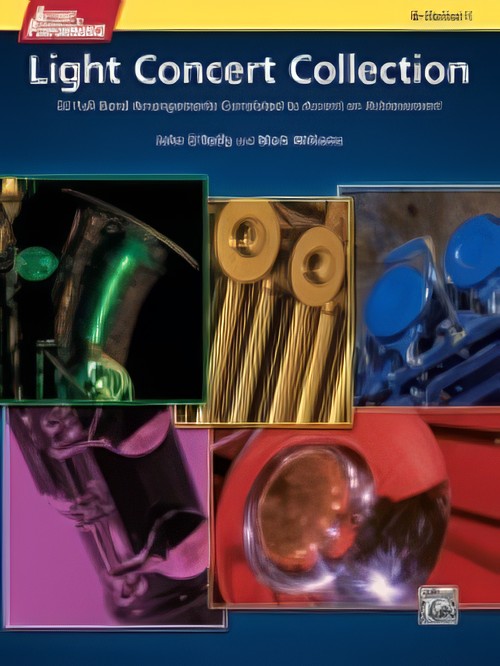 £6.50
£6.50ACCENT ON PERFORMANCE: Light Concert Collection (Clarinet 1) - O'Reilly & Williams
Clarinet 1 book only. Over the course of ten years, legendary young-band composers John O'Reilly and Mark Williams composed and arranged over 100 creative works that correlate with specific pages in their highly successful band method, Accent on Achievement. These arrangements are now available in a book format that includes 22 full arrangements in each collection. The Light Concert Collection includes creative arrangements of folk, rock, jazz, and Latin-American music. Titles: Rockin' la Bamba * Sailors Holiday * River Trilogy * No Drummer Left Behind * African Marching Song * Stand Up and Swing * and 16 others. The comb binding creates a lay-flat book that is perfect for study and performance
Estimated dispatch 7-14 working days
-
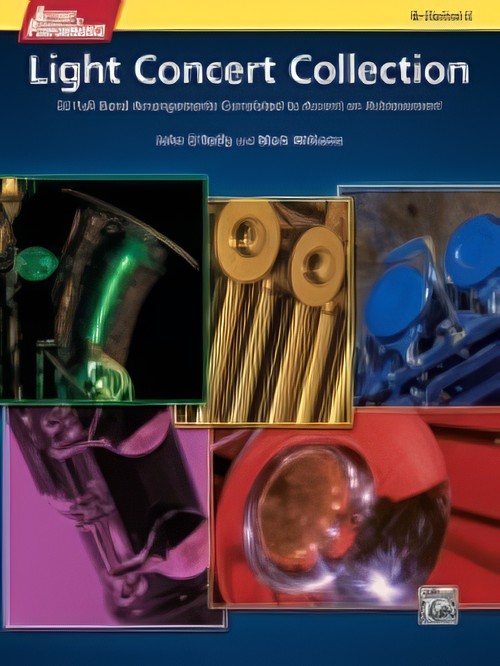 £6.50
£6.50ACCENT ON PERFORMANCE: Light Concert Collection (Clarinet 2) - O'Reilly & Williams
Clarinet 2 book only. Over the course of ten years, legendary young-band composers John O'Reilly and Mark Williams composed and arranged over 100 creative works that correlate with specific pages in their highly successful band method, Accent on Achievement. These arrangements are now available in a book format that includes 22 full arrangements in each collection. The Light Concert Collection includes creative arrangements of folk, rock, jazz, and Latin-American music. Titles: Rockin' la Bamba * Sailors Holiday * River Trilogy * No Drummer Left Behind * African Marching Song * Stand Up and Swing * and 16 others. The comb binding creates a lay-flat book that is perfect for study and performance
Estimated dispatch 7-14 working days
-
 £6.50
£6.50ACCENT ON PERFORMANCE: Light Concert Collection (F Horn) - O'Reilly & Williams
F Horn book only. Over the course of ten years, legendary young-band composers John O'Reilly and Mark Williams composed and arranged over 100 creative works that correlate with specific pages in their highly successful band method, Accent on Achievement. These arrangements are now available in a book format that includes 22 full arrangements in each collection. The Light Concert Collection includes creative arrangements of folk, rock, jazz, and Latin-American music. Titles: Rockin' la Bamba * Sailors Holiday * River Trilogy * No Drummer Left Behind * African Marching Song * Stand Up and Swing * and 16 others. The comb binding creates a lay-flat book that is perfect for study and performance
Estimated dispatch 7-14 working days
-
 £6.50
£6.50ACCENT ON PERFORMANCE: Light Concert Collection (Flute) - O'Reilly & Williams
Flute book only. Over the course of ten years, legendary young-band composers John O'Reilly and Mark Williams composed and arranged over 100 creative works that correlate with specific pages in their highly successful band method, Accent on Achievement. These arrangements are now available in a book format that includes 22 full arrangements in each collection. The Light Concert Collection includes creative arrangements of folk, rock, jazz, and Latin-American music. Titles: Rockin' la Bamba * Sailors Holiday * River Trilogy * No Drummer Left Behind * African Marching Song * Stand Up and Swing * and 16 others. The comb binding creates a lay-flat book that is perfect for study and performance
Estimated dispatch 7-14 working days
-
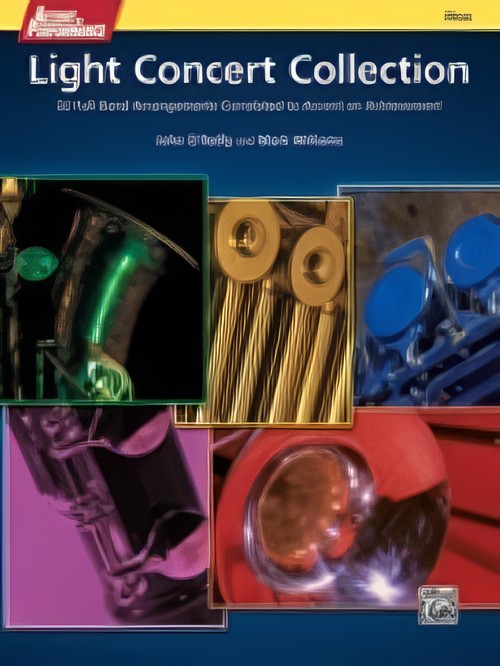 £6.50
£6.50ACCENT ON PERFORMANCE: Light Concert Collection (Oboe) - O'Reilly & Williams
Oboe book only. Over the course of ten years, legendary young-band composers John O'Reilly and Mark Williams composed and arranged over 100 creative works that correlate with specific pages in their highly successful band method, Accent on Achievement. These arrangements are now available in a book format that includes 22 full arrangements in each collection. The Light Concert Collection includes creative arrangements of folk, rock, jazz, and Latin-American music. Titles: Rockin' la Bamba * Sailors Holiday * River Trilogy * No Drummer Left Behind * African Marching Song * Stand Up and Swing * and 16 others. The comb binding creates a lay-flat book that is perfect for study and performance
Estimated dispatch 7-14 working days
-
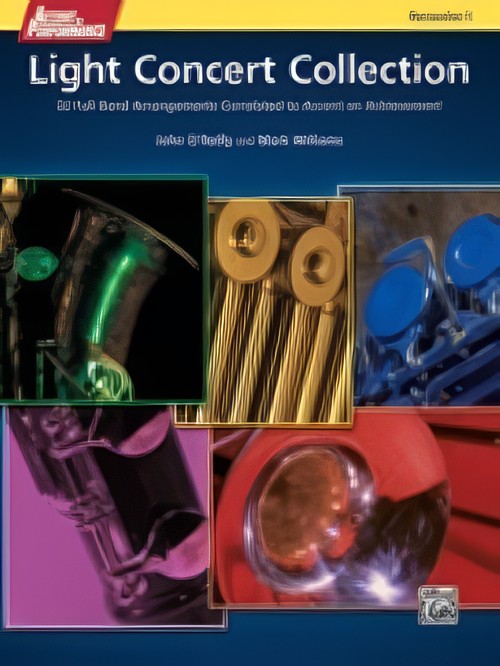 £6.50
£6.50ACCENT ON PERFORMANCE: Light Concert Collection (Percussion 1) - O'Reilly & Williams
Percussion 1 book only. Over the course of ten years, legendary young-band composers John O'Reilly and Mark Williams composed and arranged over 100 creative works that correlate with specific pages in their highly successful band method, Accent on Achievement. These arrangements are now available in a book format that includes 22 full arrangements in each collection. The Light Concert Collection includes creative arrangements of folk, rock, jazz, and Latin-American music. Titles: Rockin' la Bamba * Sailors Holiday * River Trilogy * No Drummer Left Behind * African Marching Song * Stand Up and Swing * and 16 others. The comb binding creates a lay-flat book that is perfect for study and performance
Estimated dispatch 7-14 working days
-
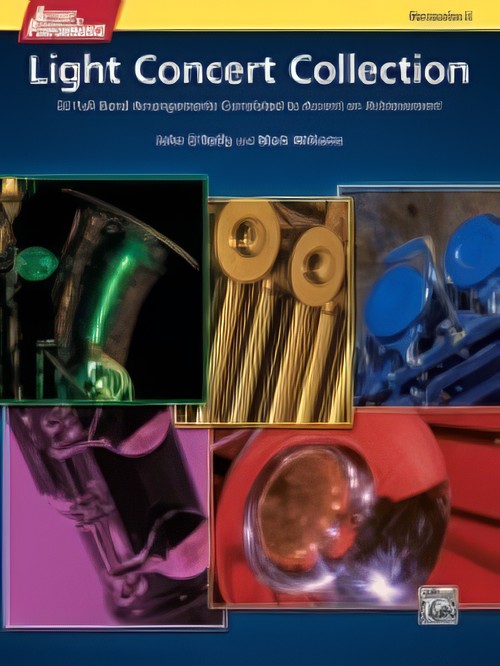 £6.50
£6.50ACCENT ON PERFORMANCE: Light Concert Collection (Percussion 2) - O'Reilly & Williams
Percussion 2 book only. Over the course of ten years, legendary young-band composers John O'Reilly and Mark Williams composed and arranged over 100 creative works that correlate with specific pages in their highly successful band method, Accent on Achievement. These arrangements are now available in a book format that includes 22 full arrangements in each collection. The Light Concert Collection includes creative arrangements of folk, rock, jazz, and Latin-American music. Titles: Rockin' la Bamba * Sailors Holiday * River Trilogy * No Drummer Left Behind * African Marching Song * Stand Up and Swing * and 16 others. The comb binding creates a lay-flat book that is perfect for study and performance
Estimated dispatch 7-14 working days
-
 £22.50
£22.50ACCENT ON PERFORMANCE: Light Concert Collection (Score) - O'Reilly & Williams
Score only. Over the course of ten years, legendary young-band composers John O'Reilly and Mark Williams composed and arranged over 100 creative works that correlate with specific pages in their highly successful band method, Accent on Achievement. These arrangements are now available in a book format that includes 22 full arrangements in each collection. The Light Concert Collection includes creative arrangements of folk, rock, jazz, and Latin-American music. Titles: Rockin' la Bamba * Sailors Holiday * River Trilogy * No Drummer Left Behind * African Marching Song * Stand Up and Swing * and 16 others. The comb binding creates a lay-flat book that is perfect for study and performance
Estimated dispatch 7-14 working days
-
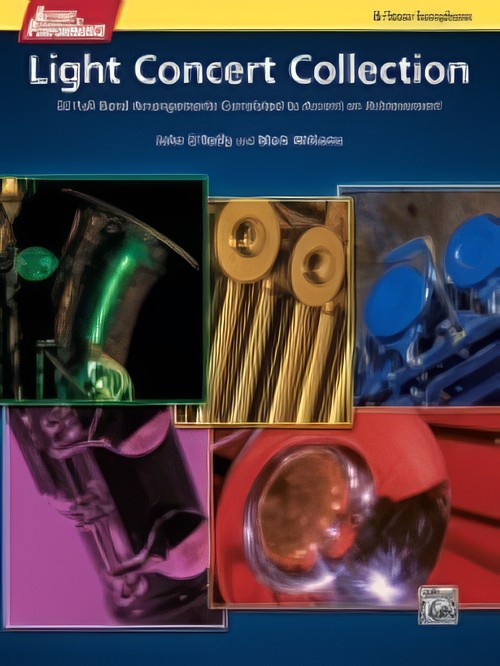 £6.50
£6.50ACCENT ON PERFORMANCE: Light Concert Collection (Tenor Saxophone) - O'Reilly & Williams
Tenor Saxophone book only. Over the course of ten years, legendary young-band composers John O'Reilly and Mark Williams composed and arranged over 100 creative works that correlate with specific pages in their highly successful band method, Accent on Achievement. These arrangements are now available in a book format that includes 22 full arrangements in each collection. The Light Concert Collection includes creative arrangements of folk, rock, jazz, and Latin-American music. Titles: Rockin' la Bamba * Sailors Holiday * River Trilogy * No Drummer Left Behind * African Marching Song * Stand Up and Swing * and 16 others. The comb binding creates a lay-flat book that is perfect for study and performance
Estimated dispatch 7-14 working days
-
 £6.50
£6.50ACCENT ON PERFORMANCE: Light Concert Collection (Trombone) - O'Reilly & Williams
Trombone book only. Over the course of ten years, legendary young-band composers John O'Reilly and Mark Williams composed and arranged over 100 creative works that correlate with specific pages in their highly successful band method, Accent on Achievement. These arrangements are now available in a book format that includes 22 full arrangements in each collection. The Light Concert Collection includes creative arrangements of folk, rock, jazz, and Latin-American music. Titles: Rockin' la Bamba * Sailors Holiday * River Trilogy * No Drummer Left Behind * African Marching Song * Stand Up and Swing * and 16 others. The comb binding creates a lay-flat book that is perfect for study and performance
Estimated dispatch 7-14 working days
